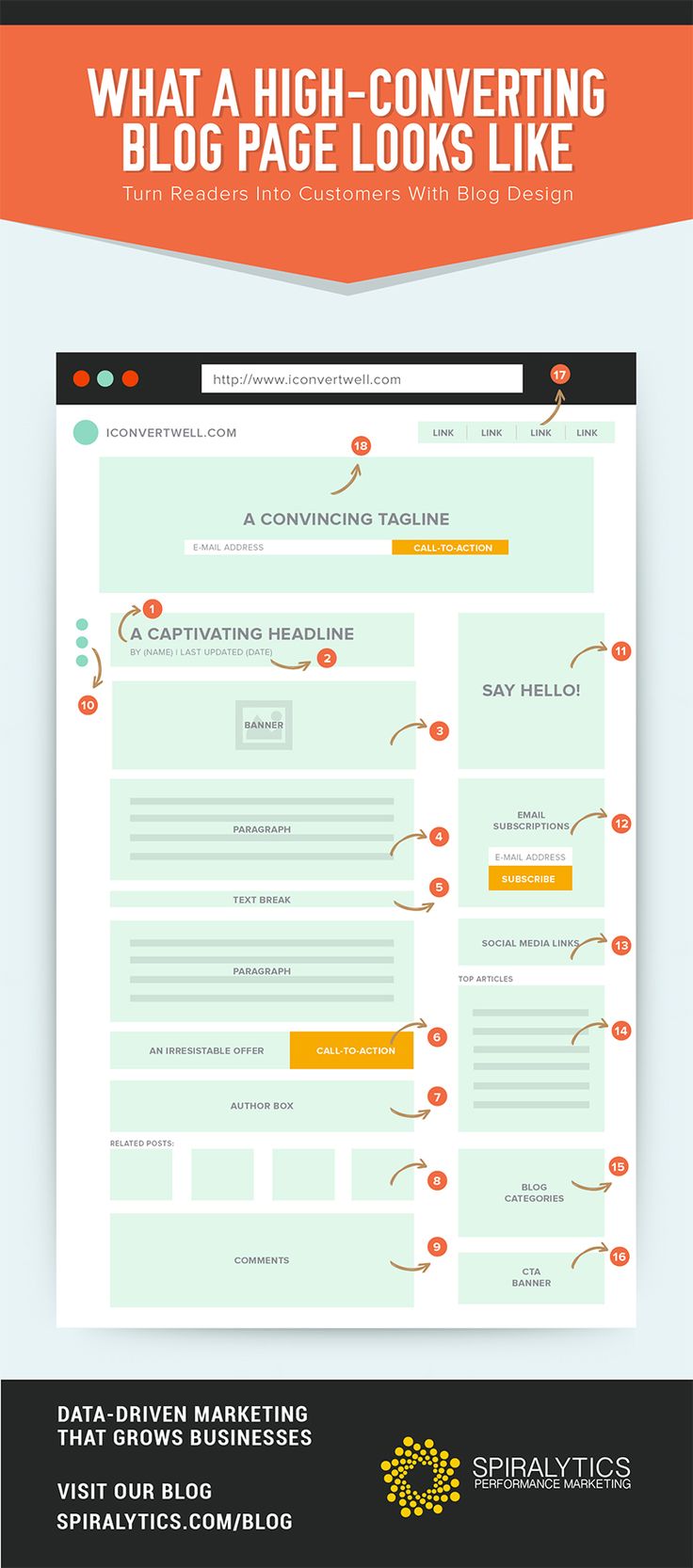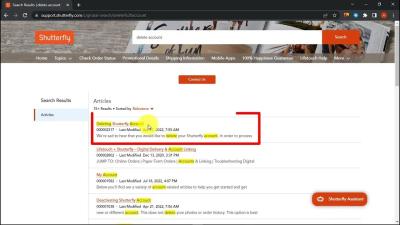Welcome! If you’re looking to elevate your blog’s look and feel, the Shutterstock Blog Design Template is a fantastic option. It’s a versatile, easy-to-customize template crafted by professionals to help your content stand out. Whether you’re a seasoned blogger or just starting out, this template offers a seamless way to create a visually appealing and user-friendly blog. In this guide, we’ll walk through how to use this template effectively, so you can make the most of its features and truly showcase your content in the best light possible.
Benefits of Using the Shutterstock Blog Design Template
There are plenty of reasons why opting for the Shutterstock Blog Design Template can be a game-changer for your blog. Let’s dive into some of the key benefits:
- Professional Look: The template is designed with a modern, clean aesthetic that instantly makes your blog look polished and credible. It helps establish trust with your readers right from the first visit.
- Easy Customization: No need to be a coding wizard. The template is built to be user-friendly, allowing you to tweak layouts, colors, fonts, and images effortlessly to match your brand or personal style.
- Responsive Design: Your blog will look great on all devices—whether desktop, tablet, or smartphone. This is crucial since more readers are browsing on their phones than ever before.
- Time-Saving: Instead of starting from scratch, you get a ready-made design that you can adapt quickly. This means you spend less time on design and more on creating valuable content.
- SEO-Friendly Structure: The template’s layout is optimized for search engines, helping your blog rank higher in search results and attract more visitors.
- Versatility: Whether you blog about travel, tech, lifestyle, or any niche, the template’s flexible design can be tailored to suit your specific content needs.
- Support & Updates: Shutterstock provides ongoing support and updates, ensuring your blog remains current with the latest web standards and features.
All in all, using the Shutterstock Blog Design Template means you don’t have to worry about the technical details. Instead, you can focus on what really matters—creating engaging, high-quality content that keeps readers coming back for more.
Step-by-Step Instructions for Setting Up the Template
Getting started with the Shutterstock Blog Design Template is easier than you might think. Whether you’re a seasoned designer or a complete beginner, these simple steps will guide you through the setup process so you can launch your stunning blog in no time.
Step 1: Download the Template
First things first, head over to the Shutterstock website and download the template files. Make sure you save them in a dedicated folder on your computer, so everything stays organized.
Step 2: Unzip the Files
Once downloaded, extract the ZIP file to access all the template components. You should see folders for CSS, images, and HTML files—these are your main building blocks.
Step 3: Open the Main HTML File
Use your preferred code editor (like VS Code, Sublime Text, or even Notepad++) to open the main HTML file. This is your starting point for customization and setup.
Step 4: Review the Structure
Take a moment to familiarize yourself with the template’s structure. Notice the sections for header, navigation, main content, and footer. Understanding this layout will make customizing much smoother.
Step 5: Link the CSS and JS Files
Ensure that the linked CSS stylesheets and any JavaScript files are correctly connected within your HTML. Usually, this is done with <link> and <script> tags in the head or just before closing the body tag.
Step 6: Add Your Content
Now, start replacing placeholder text and images with your own content. Keep in mind the structure you reviewed earlier—this will help you maintain a clean, professional look.
Step 7: Preview Your Site
Open the HTML file in your web browser to see how it looks. Make adjustments as needed, checking responsiveness and visual appeal.
Step 8: Publish Your Blog
Once you’re happy with how everything looks, upload your files to your web hosting platform. And voilà—you’re live!
Following these straightforward steps will streamline the setup process, letting you focus more on creating engaging content rather than wrestling with technical details.
Customizing the Template to Match Your Brand
Customizing the Shutterstock Blog Design Template to reflect your brand personality is where the magic truly happens. It’s about making the template feel like your own, memorable, and aligned with your vision. Here’s how to do it effectively.
Start with Your Brand Colors
Colors communicate your brand’s vibe, so don’t overlook this step. Locate the CSS file linked to your template—usually named styles.css—and find the color variables or classes. Replace the default colors with your brand palette. Use tools like Adobe Color or Coolors to generate a cohesive color scheme.
Update Fonts and Typography
Typography plays a key role in your blog’s personality. Swap out standard fonts for your preferred typefaces by editing the CSS. You can incorporate Google Fonts or other web-safe fonts to give your site a unique look. Adjust font sizes, line heights, and weights to ensure readability and style consistency.
Replace Placeholder Content
- Images: Swap out demo images with your own high-quality visuals. Keep in mind the image dimensions for a seamless fit.
- Text Content: Write compelling copy that reflects your voice and engages your audience.
- Logos and Icons: Upload your logo and update icons to match your branding for a cohesive appearance.
Modify Layout and Sections
If you want to add or remove sections—like a newsletter signup, social media links, or a featured posts area—you can do so by editing the HTML and CSS files. Just ensure you maintain the overall design harmony.
Incorporate Your Branding Elements
Beyond colors and fonts, think about incorporating your unique elements—such as custom icons, patterns, or illustrations—that make your brand recognizable. You can embed SVGs or add background images to enhance visual appeal.
Test Responsiveness and Consistency
After customizing, preview your site on different devices and browsers. Make sure your branding remains consistent across all platforms. Adjust styles as needed to optimize the user experience.
Remember, the goal is to create a seamless, authentic experience that resonates with your audience. With a little effort, your customized Shutterstock blog will stand out as a true reflection of your brand personality.
Tips for Creating Engaging Blog Content with the Template
Using a great template is just the starting point — the real magic happens when you craft engaging content that resonates with your audience. Here’s how you can make the most out of the Shutterstock Blog Design Template to create compelling and lively blog posts.
Know Your Audience — Before you start writing, spend some time understanding who your readers are. What are their interests, pain points, and what kind of visuals or tone do they respond to? Tailoring your content to meet their needs will make it more engaging.
Use Eye-Catching Visuals — One of the biggest advantages of the Shutterstock template is its visual flexibility. Incorporate high-quality images, icons, and graphics to break up text and add visual interest. Remember, a picture is worth a thousand words!
Write Conversationally — Keep your tone friendly and approachable. Imagine you’re chatting with a friend about your topic. Use contractions, ask questions, and add personal anecdotes to create a warm, human connection.
Include Clear Calls to Action (CTAs) — Whether it’s encouraging readers to comment, share your post, or check out a related resource, clear CTAs guide your audience on what to do next. Make these stand out with buttons or bold text.
Structure Your Content Well — Use headings, bullet points, and numbered lists to make your content scannable. People tend to skim online, so organizing your ideas makes it easier for readers to digest key points.
Share Useful and Actionable Tips — Provide practical advice or insights that your readers can implement immediately. When your content offers real value, it encourages sharing and repeat visits.
Leverage the Template’s Flexibility — Don’t be afraid to experiment with layout options, embed videos, or add interactive elements if the template allows. Variety keeps your blog fresh and engaging.
Remember, the goal is to create content that not only looks great but also genuinely connects with your audience. The Shutterstock template is a powerful tool — pair it with authentic, valuable content, and you’ll see your blog thrive!
Common Troubleshooting Tips and FAQs
Even with a user-friendly template like Shutterstock’s, you might encounter some hiccups along the way. Don’t worry — most issues are easy to resolve, and we’ve compiled some common questions and troubleshooting tips to help you out.
Q1: My images aren’t displaying correctly or look blurry.
Solution: Ensure that you’re using high-resolution images optimized for web. Check that the image files are not too large, which can slow down loading, but also not too small, or they’ll look pixelated. If you inserted images via the template, verify the image links are correct and not broken.
Q2: The layout doesn’t look right on mobile devices.
Solution: Most templates are responsive, but if your design isn’t adapting properly, double-check the mobile preview settings. Make sure you haven’t accidentally applied custom CSS that overrides responsiveness. Adjust margins, paddings, or font sizes as needed for mobile friendliness.
Q3: I want to customize fonts and colors, but I can’t find where to do it.
Solution: Look for the “Design Settings” or “Theme Customizer” within the template options. Usually, these allow you to change color schemes, fonts, and other style elements easily. If it’s not straightforward, consult the documentation or support resources provided with the template.
Q4: How do I add or remove sections from the template?
Solution: Most templates have drag-and-drop functionality or section toggles. To add a new section, look for “Add Section” buttons or options. To remove, simply select the section and delete or hide it using the editor tools. Always preview your changes before publishing.
Q5: Why does my font look different from what I selected?
Solution: Fonts can sometimes be overridden by default styles or browser cache. Try clearing your cache, or explicitly set your desired font in the style settings. Make sure the font you select is supported and properly loaded in the template.
General Tips
- Always preview your blog on different devices and browsers to ensure compatibility.
- Keep your template updated to access new features and bug fixes.
- If you encounter persistent issues, reach out to Shutterstock support or consult their online documentation for detailed guides.
Remember, troubleshooting is part of the creative process. With patience and these tips, you’ll efficiently resolve most issues and continue building a stunning, engaging blog with the Shutterstock template!
Conclusion and Final Thoughts on Optimizing Your Blog Design
Creating an effective and engaging blog design using the Shutterstock Blog Design Template is a strategic process that combines visual appeal with user-friendly functionality. To maximize its potential, focus on maintaining a clean layout that highlights your content without overwhelming visitors. Incorporate consistent branding elements like colors, fonts, and logos to establish a professional and recognizable look. Remember, a well-optimized blog not only attracts visitors but also encourages them to stay longer and engage more.
Here are some key tips to keep in mind:
- Use high-quality images from Shutterstock to enhance visual storytelling.
- Optimize loading times by compressing images and leveraging caching strategies.
- Ensure mobile responsiveness so your blog looks great on all devices.
- Maintain a clear hierarchy with headings, subheadings, and bullet points for easy navigation.
- Incorporate calls-to-action (CTAs) to guide readers toward desired actions.
Regularly review your analytics to understand what resonates with your audience and adjust your design accordingly. Keep your content fresh, visuals appealing, and user experience seamless to build a loyal readership. Ultimately, a thoughtfully optimized blog design not only elevates your brand but also drives engagement and growth over time.


